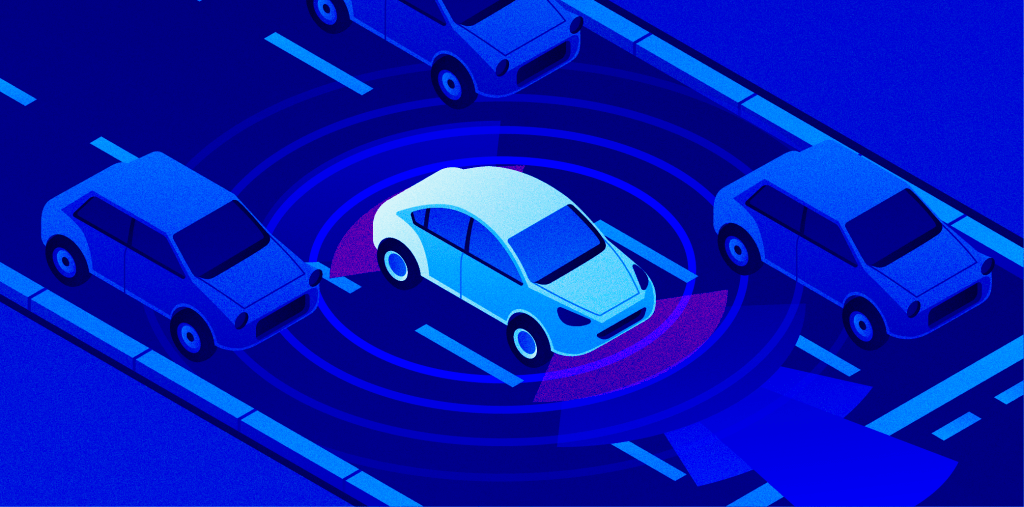Autonomous Vehicles: The Current State of AV Insurance

[vc_row kd_background_image_position=”vc_row-bg-position-top” css_mobile=”.vc_custom_1679676789080{margin-right: 0px !important;margin-left: 0px !important;padding-right: 0px !important;padding-left: 0px !important;}”][vc_column css_mobile=”.vc_custom_1679887299951{margin-right: 0px !important;margin-left: -10px !important;padding-right: 0px !important;padding-left: 0px !important;}” css=”.vc_custom_1679887299950{padding-left: 0px !important;}”][vc_row_inner kd_background_image_position=”vc_row-bg-position-top” css_mobile=”.vc_custom_1679672524385{margin-right: 0px !important;margin-left: 0px !important;padding-right: 0px !important;padding-left: 0px !important;}”][vc_column_inner css_mobile=”.vc_custom_1679676987617{margin-right: 0px !important;margin-left: 0px !important;padding-right: 0px !important;padding-left: 0px !important;}”][vc_column_text]
Autonomous vehicles, challenges facing insurance companies.
[/vc_column_text][/vc_column_inner][/vc_row_inner][vc_row_inner kd_background_image_position=”vc_row-bg-position-top”][vc_column_inner css_mobile=”.vc_custom_1679672455794{margin-right: 0px !important;margin-left: 0px !important;padding-right: 0px !important;padding-left: 0px !important;}”][vc_column_text]
The emergence of autonomous vehicles (AVs) is poised to revolutionize the transportation industry, with the potential to significantly reduce accidents and fatalities, lower transportation costs, and increase overall efficiency. However, this emerging technology also raises questions around how insurance companies will handle liability in the event of an accident involving an autonomous vehicle.
[/vc_column_text][/vc_column_inner][/vc_row_inner][vc_row_inner kd_background_image_position=”vc_row-bg-position-top”][vc_column_inner css_mobile=”.vc_custom_1679674344196{margin-right: 0px !important;margin-left: 0px !important;padding-top: 10px !important;padding-right: 0px !important;padding-bottom: 10px !important;padding-left: 0px !important;}” css=”.vc_custom_1679674344195{padding-top: 10px !important;padding-bottom: 10px !important;}”][vc_column_text]
Current State of AV Insurance:
[/vc_column_text][/vc_column_inner][/vc_row_inner][vc_row_inner kd_background_image_position=”vc_row-bg-position-top”][vc_column_inner css_mobile=”.vc_custom_1679673625897{margin-right: 0px !important;margin-left: 0px !important;padding-right: 0px !important;padding-left: 0px !important;}”][vc_column_text]
As of 2021, only a few companies have started to offer coverage for autonomous vehicles on a limited basis, and most AVs on the road are covered by traditional auto insurance policies. However, as AVs become more prevalent, the insurance industry will have to adapt to this emerging technology. Some insurance companies are already working to develop specialized coverage for AVs, while others are exploring new business models, such as offering insurance to AV manufacturers instead of individual drivers.
One of the biggest challenges that insurers face when underwriting autonomous vehicles is determining liability in the event of an accident. In a traditional auto accident, liability is often straightforward and is usually determined based on factors such as who was at fault and the extent of the damage. However, in an accident involving an AV, liability may be more complex, and it may be difficult to determine who is responsible for the accident, the AV manufacturer, the software provider, or the human operator. In addition, the advanced technology and sensors used in AVs may require specialized repair services and replacement parts, which could increase cost of repairs and insurance premiums.
[/vc_column_text][/vc_column_inner][/vc_row_inner][vc_row_inner kd_background_image_position=”vc_row-bg-position-top”][vc_column_inner css_mobile=”.vc_custom_1679674424940{margin-right: 0px !important;margin-left: 0px !important;padding-top: 10px !important;padding-right: 0px !important;padding-bottom: 10px !important;padding-left: 0px !important;}” css=”.vc_custom_1679674424939{padding-top: 10px !important;padding-bottom: 10px !important;}”][vc_column_text]
Challenges for the Industry:
[/vc_column_text][/vc_column_inner][/vc_row_inner][vc_row_inner kd_background_image_position=”vc_row-bg-position-top”][vc_column_inner css_mobile=”.vc_custom_1679673838918{margin-right: 0px !important;margin-left: 0px !important;padding-right: 0px !important;padding-left: 0px !important;}”][vc_column_text]There are several challenges facing the insurance industry as it prepares for the widespread adoption of autonomous vehicles. One of the biggest challenges is the lack of data on AV accidents. Since AVs are still a relatively new technology, there is limited data on the safety and reliability of these vehicles. Without this data, insurers may have difficulty accurately pricing policies and assessing risk. In addition, the lack of standardization in AV technology and regulations can make it difficult for insurers to understand the risks associated with different AV models and technologies.
Another challenge facing the insurance industry is the potential shift in liability from individual drivers to AV manufacturers and software providers. If an AV is involved in an accident, it may be difficult to determine who is at fault, which could lead to lengthy legal battles and increased costs for insurers. In addition, if liability does shift to the manufacturer or software provider, insurers may need to develop new products and pricing models to accommodate this shift.
Finally, the potential impact of AVs on the insurance industry’s workforce is another challenge to consider. As AV technology becomes more advanced, it may reduce the number of accidents and claims, which could lead to job losses in the insurance industry.
[/vc_column_text][/vc_column_inner][/vc_row_inner][vc_row_inner kd_background_image_position=”vc_row-bg-position-top”][vc_column_inner css_mobile=”.vc_custom_1679674377037{margin-right: 0px !important;margin-left: 0px !important;padding-top: 10px !important;padding-right: 0px !important;padding-bottom: 10px !important;padding-left: 0px !important;}” css=”.vc_custom_1679674377036{padding-top: 10px !important;padding-bottom: 10px !important;}”][vc_column_text]
Several Potential Solutions:
[/vc_column_text][/vc_column_inner][/vc_row_inner][vc_row_inner kd_background_image_position=”vc_row-bg-position-top”][vc_column_inner css_mobile=”.vc_custom_1679673669861{margin-right: 0px !important;margin-left: 0px !important;padding-right: 0px !important;padding-left: 0px !important;}”][vc_column_text]
Despite these challenges, there are several potential solutions that insurers can explore to prepare for the widespread adoption of autonomous vehicles. One solution is to partner with manufacturers and software providers to better understand the risks associated with different AV models and technologies. By working closely with these companies, insurers can gain access to data on AV safety and reliability, which can help them accurately price policies and assess risk.
Another solution is to develop new insurance products and pricing models that account for the potential shift in liability from individual drivers to AV manufacturers and software providers. For example, insurers may need to offer specialized coverage for AV manufacturers and software providers, or they may need to develop new pricing models that account for the potential costs associated with AV accidents.
Finally, insurers can explore new business models, such as offering insurance to AV manufacturers instead of individual drivers. By focusing on the AV manufacturer as the primary policyholder, insurers can better manage the risks associated with AV technology and reduce the potential for liability disputes.
[/vc_column_text][/vc_column_inner][/vc_row_inner][/vc_column][/vc_row]

